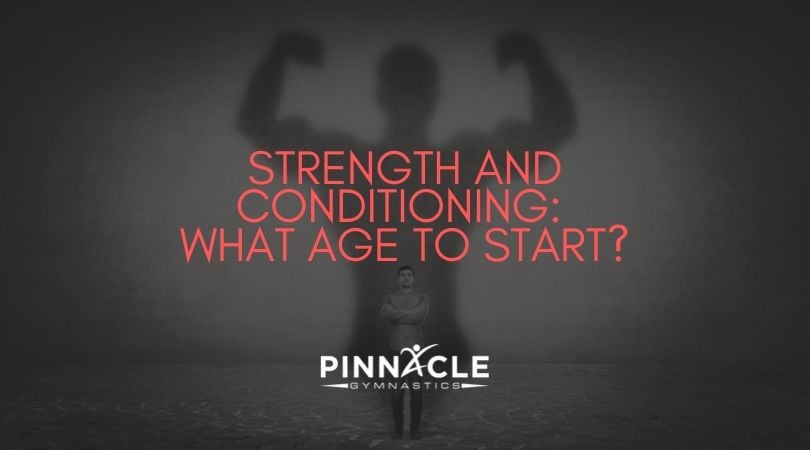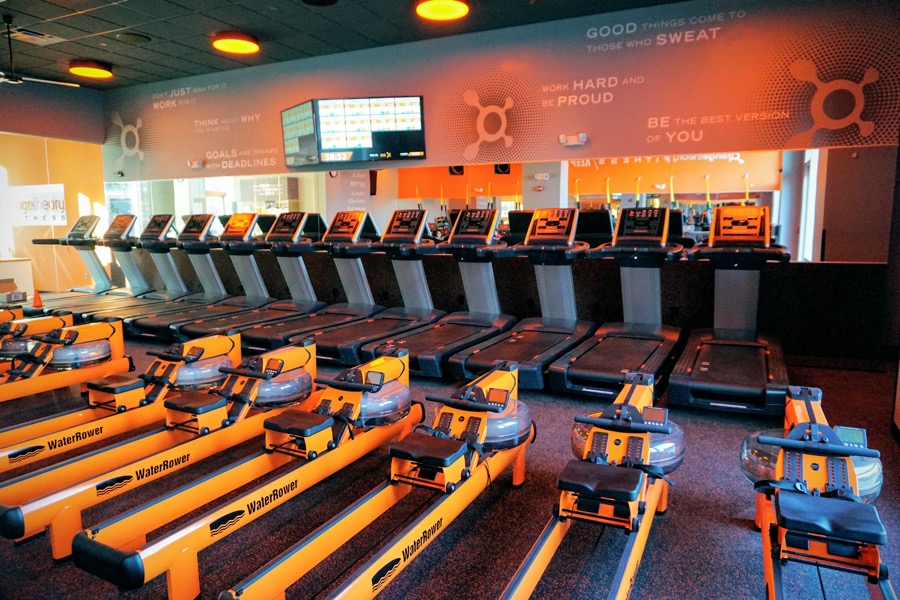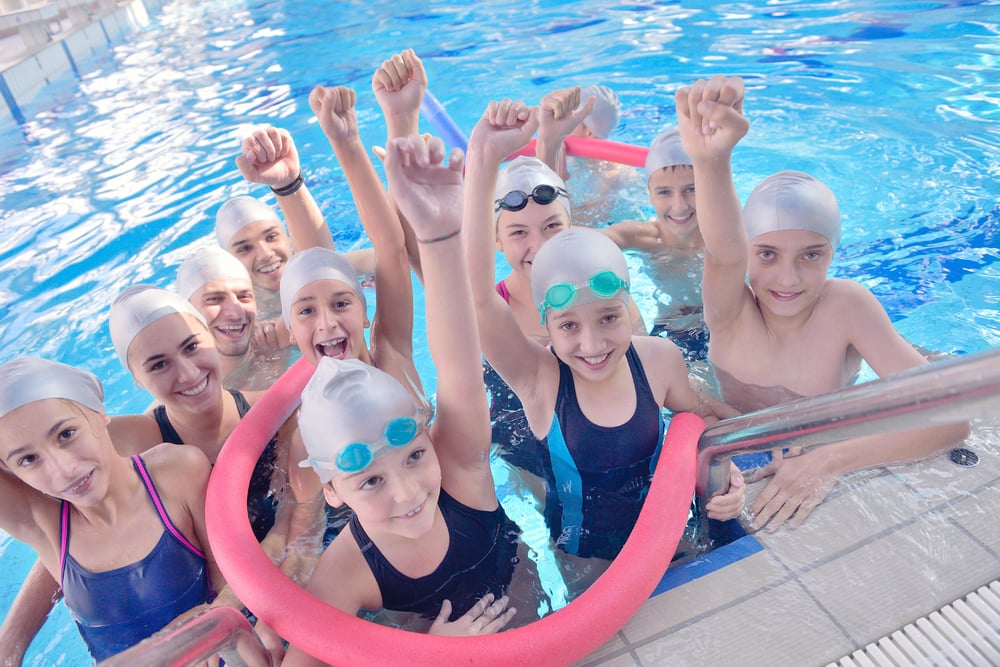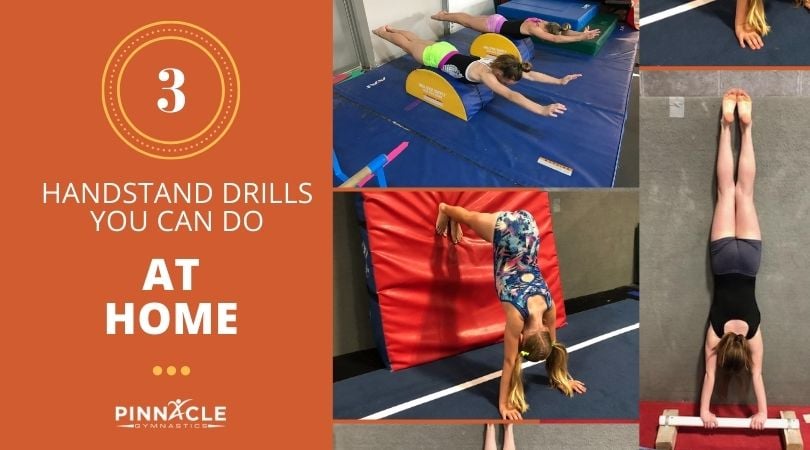Deciding when to start strength and conditioning is a very controversial topic. The term as a whole is very broad. The most common thought process behind it is lifting weights and building big muscles: squats, bench press, dead lift, etc. While these all can effect strength development they are just small versions of the idea. As a whole it is meant to create stronger muscle control and activation to improve a variety of different aspects of physical development.

What is Strength and Conditioning?
Strength and Conditioning focuses on a variety of different aspects within the skeletal muscular system and the nervous system
- Muscle Activation
- Muscular Stability
- Balance
- Body Control/Awareness
- Mastery of Fundamental Motor Skills
- Physical Literacy
Through these different attributes you can see a dramatic improvement in physical skills which, as a whole, improve strength and power.
One of the main parameters to determine what type of strength training an athlete needs is from peak height velocity, also known as PHV. PHV is the period where a child has their highest growth rate. While age is a good determinate of PHV, it doesn't always follow an exact timeline. Some athletes may hit PHV at age 10 while others may experience it at age 16 or 17.
For athletes during pre-peak height velocity they should focus on skill mastery, general muscle development/physical preparation though light weight movements, and improving physical literacy (the knowledge of training and nutrition/why it is important).
Athletes post-PHV then focus on strength and power development, periodization of training based off certain sport seasons, and force production in athletic skills. Post-PHV athletes also learn the different methods of recovery and rest for it's effects/benefits on training.
To determine what kind of training is necessary for a specific athlete a knowledgeable strength and conditioning coach is a necessity. Improper evaluation and training can have adverse effects on an athlete. However, there are a variety of different education sources such as the National Strength and Conditioning Association and the National Academy of Sports Medicine to create knowledgeable strength coaches who can help your athlete improve their athletic development and physical literacy.




